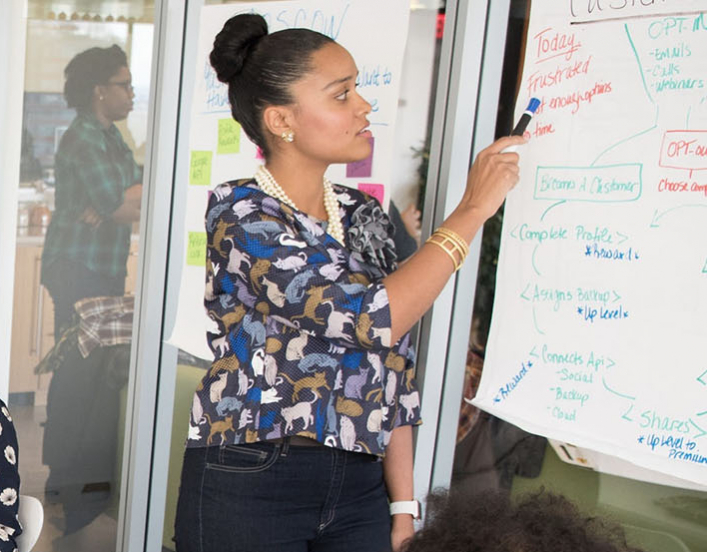Career & Technical Education
College Isn't For Everyone
An academic degree isn’t the only pathway to success, but women don’t access alternative options as readily as men do. Here’s how to ensure that women have equal opportunity for any jobs they might want.
Men participate in╠²significantly╠²greater numbers than women do in the military, the police force, the fire department, manufacturing jobs and other , such as construction and plumbing.╠²Creating more opportunities for women in these fields entails addressing biases around gender roles ŌĆö and expanding access, support and encouragement for women to pursue these fields. That means supporting training opportunities as a viable alternative pathway for women. Consider these facts:
- ╠²of the jobs requiring only a high school diploma╠²that╠²pay at least $35,000╠²a year, a higher wage than most entry-level service roles.╠²╠²(12.9 million) workers ages 25 to 34 have jobs earning╠²at least╠²$35,000 a year.
- ╠²of 16-to-65-year-olds have a professional job certification, 18%╠²have a professional license and 21%╠²have completed a work experience or other training program.
- ╠²of╠²jobs (around 16 million jobs) paying $55,000 a year or more require╠²a high school diploma and a certificate, certification, license,╠²associateŌĆÖs╠²degree or some college coursework.
- ░š│¾▒╠²╠²and Deloitte╠²estimate that 2.4 million manufacturing jobs could go unfilled through 2028 due to a lack of workers with skills needed to fill╠² those positions.
According to the Defense Department, women make up just 20% of the Air Force, 19% of the Navy, 15% of the Army and about 9%╠²of the Marine Corps.
What can be done to balance these gender inequities?
- ╠²prioritize╠²concerted,╠²inclusive outreach efforts, train educators in Title IX gender equity responsibilities and work with employers to establish school-to-work pipelines.╠²╠²
- State, municipal and federal policies and funding╠²should focus on ensuring institutions fully implement Title IX and gender equity requirements╠²at CTE institutions.╠²Policies should also stress accountability and improvement plans for increasing womenŌĆÖs enrollment and completion of CTE, and institutions should be required to track and report data.╠²
- CTE institutions should╠²have╠²dedicated support and training programs,╠²and apprenticeship and pre-apprenticeship programs╠²in professions with gender imbalances and professions with skill shortages ŌĆō such as construction and plumbing.╠²



